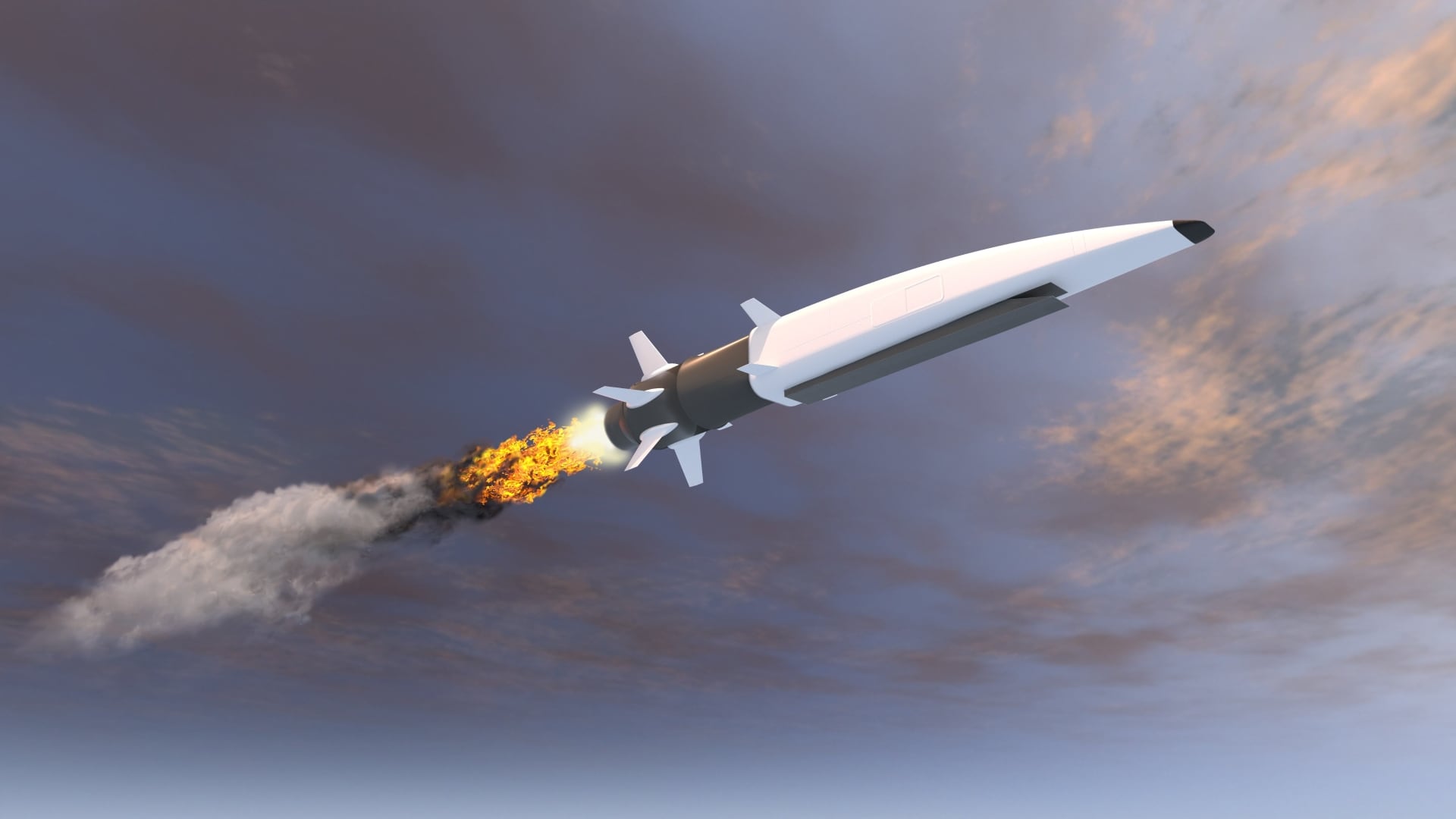The diode of the future is not here yet, but defense giant Leonardo hopes to make them soon. On May 7, the company announced an investment of $5 million into Lasertel, its custom laser diode division based in Tucson, Arizona. That investment includes $3.5 million in capital equipment, for the express purpose of increasing “manufacturing capacity for low size, weight and power (SWaP) laser diode pump modules in support of high-volume directed-energy programs.”
Besides increasing production capacity, the investment is going toward research into increasing emitter brightness and managing the heat from lasers. As for applications with these brighter, lighter, better-cooled lasers, the company is cagey, saying only that the company’s investment in new diode production is to meet “continuing demand for increased power and brightness for applications such as directed energy and lidar.”
The United States is the chief customer for Lasertel’s products, but hardly the only country working on modern military lasers.
In late April, the Pentagon reported that pilots had seen someone testing a bright laser off the shore of Djibouti. Later, the Pentagon clarified that those lasers had injured airmen. There are international treaties about what kind of targets are and are not fair game for lasers, though those treaties leave an exception for lasers that target vehicles, machines, or weapons without people inside (think drones and missiles, mostly).
If the wars of tomorrow are fought with lasers, Lasertel wants to be company that supplies those lasers.
Kelsey Atherton blogs about military technology for C4ISRNET, Fifth Domain, Defense News, and Military Times. He previously wrote for Popular Science, and also created, solicited, and edited content for a group blog on political science fiction and international security.








